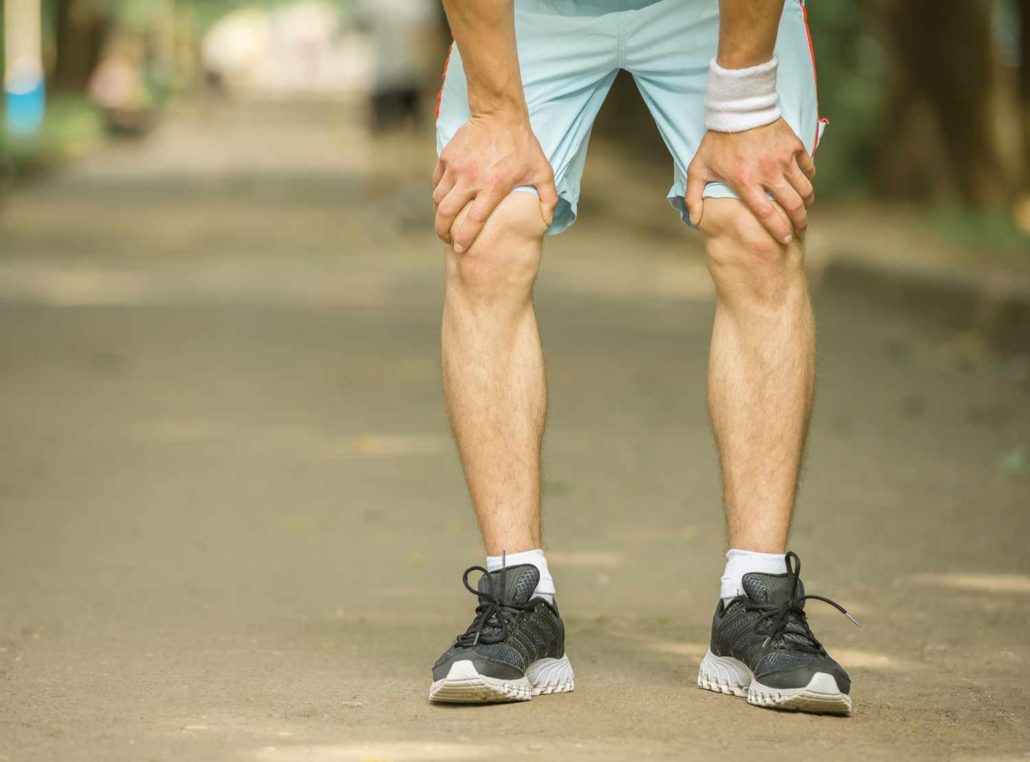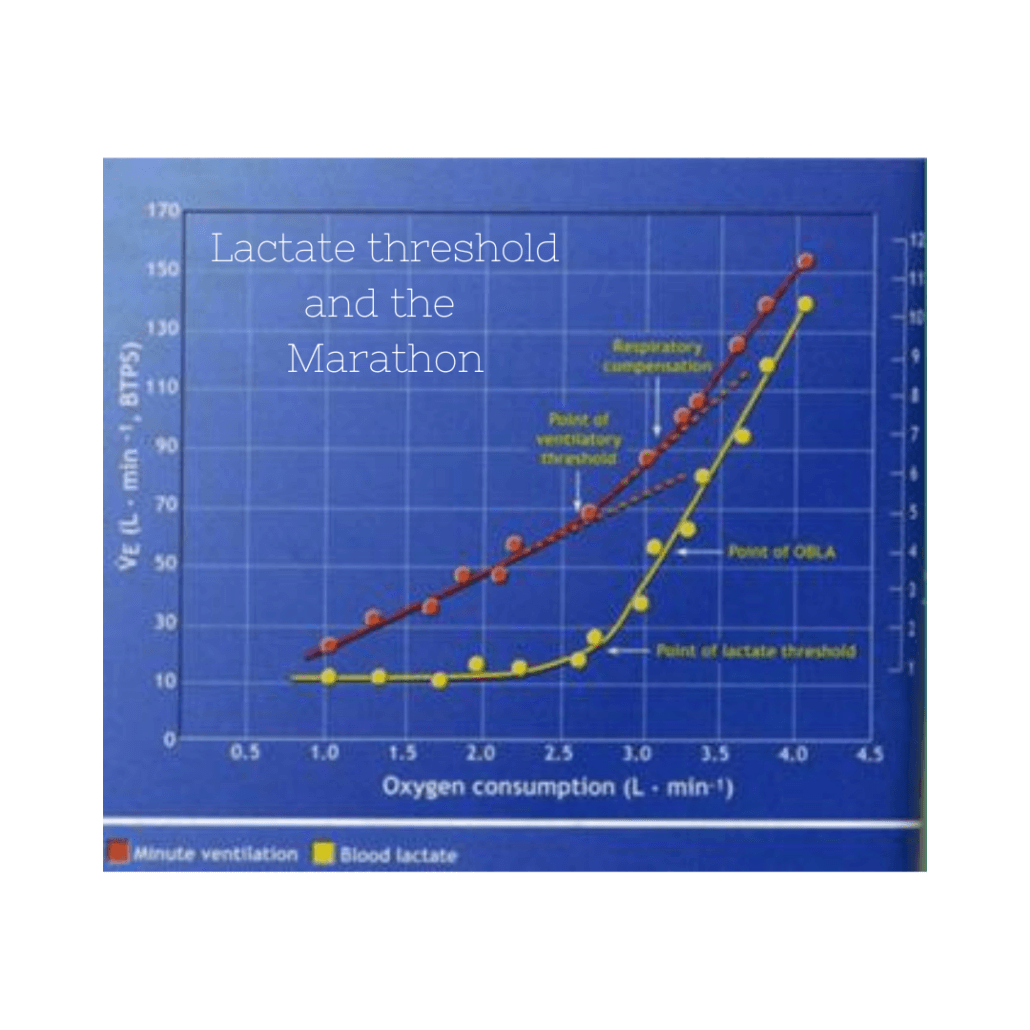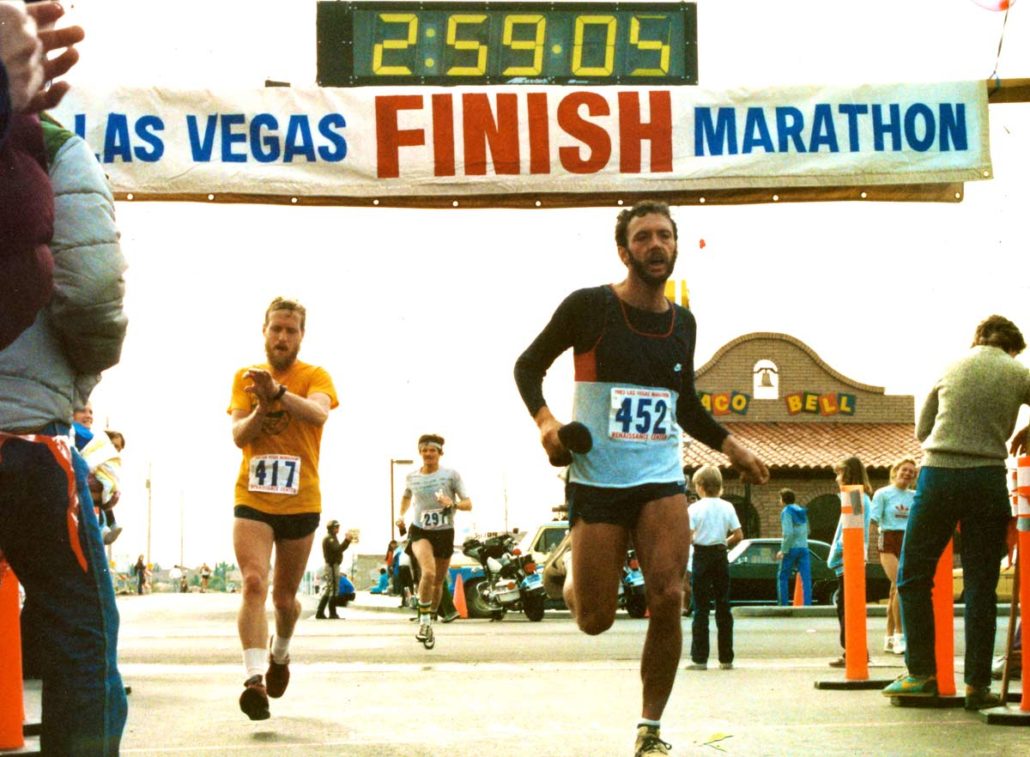Late Marathon Fade (but not hitting the wall)

Podcast: Play in new window | Download
This past weekend’s marathon mayhem (The first sub 2 hour marathoner and a new world record in the women’s marathon) provided a perfect opportunity to answer a question some posed to me some time ago-
“How to avoid the late marathon fade?”
Now many of you are saying “Nutrition!” While that might be part of it, the reader was really referring to a smaller loss of time later in the race, which may or may not be directly related to proper fueling. What’s interesting is that you can feel however you want about the sub 2 hour spectacle, the shoes, and doping (I forgot the Al Sal ban!) but along with all that, there’s been a lot of research into how much all the little details add up in order to eek out that last bit of performance. It has led to new revelations and expansions into what really happens in fatigue.
In a July Outside Magazine article titled The real reason marathoners hit the wall, Alex Hutchinson provides some great insight from research regarding critical pace. This article was written after the first sub 2 hour attempt and what researchers had looked at.leading up to the attempt. Ultimately, they found two areas of interest- critical pace and anaerobic capacity.
Now, what is critical pace?
That’s a great question. At its simplest definition, it is really the point that separates really hard work from not as hard work. How is that for muddy water? Now, in 1991, Joyner proposed that
“Running economy then appears to interact with VO2max and blood lactate threshold to determine the actual running speed at lactate threshold, which is generally a speed similar to (or slightly slower than) that sustained by individual runners in the marathon.”
Interestingly, he then proposed that a 1:57:58 marathon is possible by a runner with a VO2max of 84 ml/kg/min and a lactate threshold of 85%- both of which are similar to Eluid Kipchoge. So, for this, you are essentially looking at the pace you can run at your lactate threshold as what your marathon pace may be- if you are an elite. Now there’s a few tests one can do to determine your CP, but coach Tinman Schwartz has determined that it’s roughly the pace you can hold for 30 minutes. So, so for many of you, that’s somewhere between 5k and 10k pace.
The other aspect being looked at was the idea of anaerobic capacity. How Mr. Hutchinson describes this is that look at it as a tank full of work you can do above your CP. The further above your CP you work, the faster the tank depletes. So, what that appears to mean (for elite runners) is that marathon pace is a percentage CP, anaerobic capacity, and the pace you can run that at.
Now, for the research at hand- the runners CP was tested using a 3 minute sprint when they were fresh, and then after 20, 40, 80, 120 minutes of running below CP. What they found was that at 120 minutes of sub CP running, CP actually started to decline and did so by about 9%. As for anaerobic capacity, that declined steadily from 40 minutes by 10%, down to a 23% reduction at two hours. What’s interesting here is that elite marathoners can run within 4% of their CP for the marathon. What this means is that even if a pace feels comfortable at the start of the race, it may very well reach a sudden point where it no longer does.
How nutrition plays a part
By taking in 60g of Carbohydrate (via Maurteen) per hour, the reduction of CP was minimized. Carbohydrate did not affect anaerobic capacity. As this depletes, you may slow down very minimally, or you may be forced to stop in your tracks.
What this means for the mortal runner
As mentioned, elite athletes can run a pace within 4% of CP, or the pace a person can hold for 30 minutes. It’s safe to say that recreational runners are going to be much less than that. I haven’t seen anything concrete, but I find it that around aerobic threshold (where you first begin to see a major deflect in blood lactate, is a safe bet. The more trained you are, the closer you get to being able to hold a faster pace, reflective of LT.
What it also means is that the slower you are, the easier it’s going to be to cross into the danger zone and start depleting your anaerobic capacity. It’s all a fluid threshold because what is your CP at the start of the race may decline by halfway. The bottom line, any amount you go beyond what you are capable early on will be that amount plus some when you reach the back third of the race. For more highly trained runners, you will “bleed the tank” overtime and your slow down will be much less pronounced.
In terms of nutrition, we know that anaerobic capacity is dependent on glycogen stores already in the muscle, even though it appears that ingested CHO during the event doesn’t alter the capacity. However, we saw that carbohydrate intake during the marathon will reduce the decline of CP significantly.
How do we improve CP and or anaerobic capacity?
-
Improve running economy.
This can be done a number of ways. Can be done through losing (fat) weight, improved strength and mobility, better fuel utilization, improving form, and strides.
-
Training at CP-
as coach Schwartz has described, CP will affect primarily your intermediate muscle fibers. If you train with a lot of speed, then you’ll make them look more like fast twitch fibers. If you train them more like 10k/half marathon, you’ll get them to look a lot more like slow twitch marathon fibers.
-
Don’t neglect carbohydrates in replenishing glycogen stores
and take in 30-60g of CHO per hour during the event. Implement strategies to preserve glycogen stores during the event.
-
Be careful with your pacing.
Even if you feel comfortable and you think today’s the day, wait for the second half to be aggressive.
This is an extremely limited look into even the smallest of marathon fades, but it can explain a lot of what happens to runners, even when they get the vast majority of the details right. There’s other factors to look at, but believe me, it’s a rabbit hole. One thing at a time!





